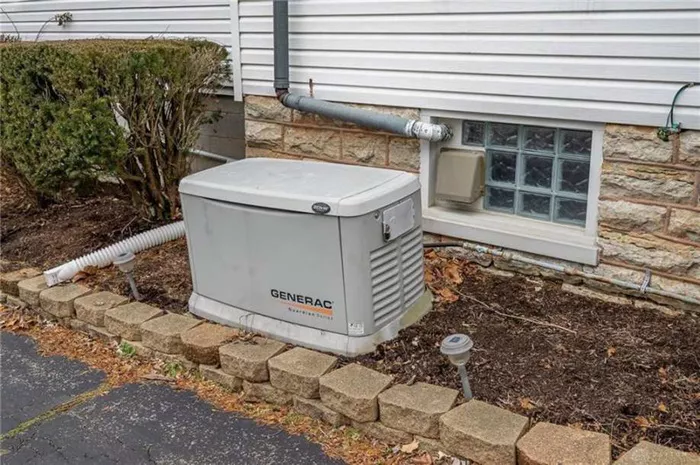Generac home generators provide a reliable and automatic solution for homeowners who experience power outages, ensuring that essential appliances and systems remain operational during blackouts. These systems are designed to detect power loss, start quickly, and restore electricity efficiently, offering peace of mind during unexpected interruptions. Here’s a breakdown of how Generac home generators work, along with important information on their components, maintenance, and safety.
Automatic Power Detection
Utility Power Loss
Generac home generators are equipped with an automatic transfer switch (ATS) that continuously monitors the incoming utility power supply. The moment the system detects a power outage or voltage drop, it signals the generator to activate. This quick response ensures minimal downtime for the homeowner.
Startup Process
Immediate Action
Once the generator detects a power loss, it initiates its startup process within seconds. The automatic transfer switch disconnects the home from the utility grid and connects it to the generator. Depending on the model, this process can take as little as 10 seconds, ensuring that appliances like refrigerators, heating systems, and lights remain powered.
Power Restoration
Electricity Supply
After the generator is running, it begins supplying power to the home. This power can be directed to essential appliances, like HVAC systems, refrigerators, or sump pumps, and even entire home electrical systems, depending on the size of the generator.
Automatic Shutdown
When the utility power is restored, the generator automatically shuts down, and the ATS reconnects the home to the grid. The generator then enters a standby mode, ready to activate again if another power outage occurs. This seamless transition between utility and generator power ensures a continuous, reliable supply of electricity.
Components and Operation
Generac home generators consist of several key components that work in tandem to deliver uninterrupted power during an outage:
Engine
The engine, typically powered by natural gas or liquid propane, serves as the heart of the generator. It converts fuel into mechanical energy that powers the alternator. The engine is built for durability, often designed to last for years with proper maintenance.
Alternator
The alternator plays a crucial role in the operation of the generator. It converts the mechanical energy produced by the engine into electrical energy. This is the power that flows to the home’s electrical system, providing backup electricity during an outage.
Voltage Regulator
The voltage regulator ensures that the output from the generator remains stable and within the correct voltage range. It is crucial for maintaining consistent power and preventing damage to sensitive electronics and appliances in the home.
Usage and Maintenance
To keep a Generac home generator running efficiently, regular maintenance is required. Here are some key areas to focus on:
Regular Maintenance
Routine inspections and maintenance help prolong the life of the generator and ensure optimal performance. This includes checking the oil levels, changing air filters, and inspecting spark plugs. It’s also important to schedule an annual professional service to keep the generator in top condition.
Fuel Management
Proper fuel management is essential to ensure the generator operates efficiently when needed. For natural gas-powered models, this is typically less of an issue, as the gas supply is continuous. For propane-powered generators, fuel should be stored properly in tanks and checked regularly. Fuel stabilizers can help prevent fuel degradation, which can lead to engine issues when the generator is called into action.
Safety Tips
When operating a Generac home generator, safety should always be a priority. Here are some important safety tips:
Ventilation
Generac generators produce exhaust gases, including carbon monoxide, which can be deadly if allowed to accumulate in enclosed spaces. Always ensure the generator is placed in a well-ventilated area, with adequate clearance from walls or other structures. Never operate a generator in an enclosed garage or indoors.
Professional Installation
While Generac generators are designed for user-friendly operation, professional installation is highly recommended. A licensed technician can ensure the generator is properly installed and connected to your home’s electrical system, reducing the risk of electrical hazards and optimizing the system’s efficiency. Additionally, they can handle the necessary permitting and code compliance requirements.
Conclusion
Generac home generators are an excellent investment for homeowners who want to ensure a reliable power source during outages. With features like automatic power detection, quick startup, and seamless power restoration, these systems provide comfort and peace of mind when the lights go out. By understanding the generator’s components, following maintenance best practices, and adhering to safety guidelines, homeowners can ensure their system operates safely and efficiently for years to come.

